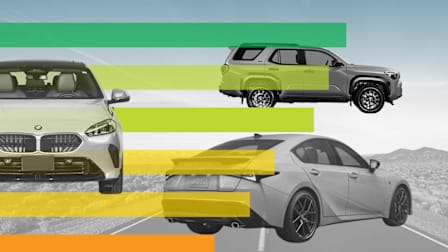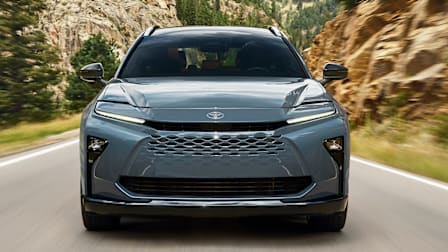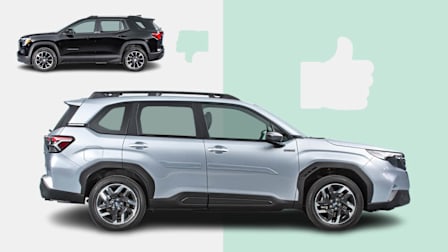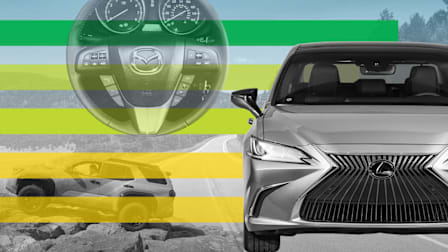Here's Why We Don't Follow Our Own Car Buying Advice
CR buys the new and redesigned models we advise you not to so we can save you the headaches
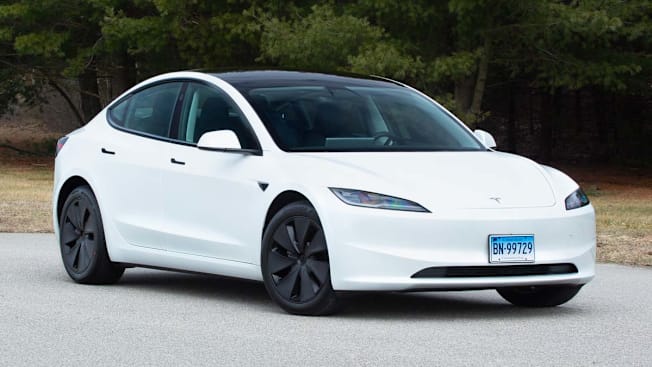
The parking lot of Consumer Reports’ test track in Colchester, CT sometimes looks a little like the Island of Misfit Cars.
Right now, there’s a Ford awaiting a transmission recall repair, a Mercedes in need of a software update, a Mitsubishi with a maddening rattle coming from the driver’s side wheel well, and a Tesla with loose interior trim.
As if that weren’t enough to keep us busy, we’re waiting to see whether we’ll be able to get parts and service for our Fisker Ocean after the company has declared bankruptcy.
These cars are all from different manufacturers. Some are luxury cars, some are EVs, and some are pickup trucks, but they have one thing in common: They’re all-new or recently redesigned models.
Why Are New Models Less Reliable?
There can be some growing pains when an automaker introduces a new model because the entire process is all new, from the design of the vehicle and the creation of the assembly line to the parts provided by suppliers and the actual assembly of the vehicle.
A redesign of an existing model can be just as challenging and involve updating the body, transmission, engine, and other parts. On top of that, the previous-generation model that is being replaced is often at the pinnacle of its reliability—a hard act to follow for a wholly redesigned vehicle.
Even though automakers test new models extensively, Fisher says some bugs only show up when cars are being driven in the real world or after a vehicle has been on the road for a while.
Automakers track these reliability issues through customer complaints and address them through updates, recalls, or revisions to how they build the model. As a result, we’ve found that subsequent model years tend to be more reliable. And we’ve found that, in general, it can take automakers two to three years—or even longer—to address problems in newly redesigned models.
Our reliability ratings show that EV owners report more issues with their vehicles than owners of gas or hybrid vehicles. That’s largely because today’s EVs are either new models or from new automakers, and they’re filled with the latest technology.
“Not only are they relatively new powertrains, but automakers often load them up with relatively unproven infotainment and driving aids,” says Fisher. “That translates to even more growing pains for new EVs.”
Just as with gas-powered cars, EVs tend to become more reliable as they mature—as evidenced by the rise in the rankings of the Tesla Model 3 and Model Y over the years.
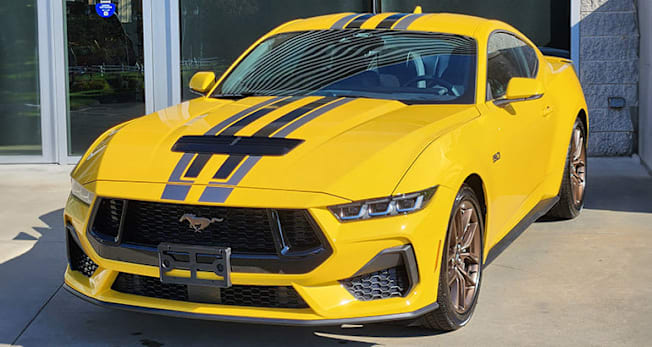
Photo: Jeff S. Bartlett/Consumer Reports Photo: Jeff S. Bartlett/Consumer Reports
So Why Do We Buy Them?
When we buy cars anonymously for our rigorous test program, we completely ignore our own advice. Not only do we routinely buy cars in their first model year, but sometimes the cars we purchase are the very first ones to hit dealerships. That’s by design, says Fisher.
“We do this so you don’t have to because we want you to have the information as soon as possible to make your own buying decision,” he says. “We do this so you know what to buy and what to avoid.”
We purchase every vehicle (and product) we test just like you would, whether it’s from the local car dealership, a retailer’s website, or directly from the manufacturer—for example, a startup automaker.
Instead of evaluating a specially prepared sample provided by the manufacturer, we test the same version consumers can buy as soon as they are for sale to get accurate, independent, and verifiable test results to you ASAP. This means we often suffer the “first on the block” problems and can warn you about them. We do this so that you won’t have to suffer these same headaches.
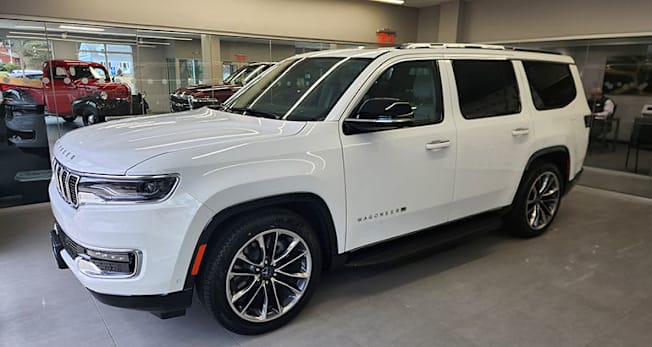
Photo: Jeff S. Bartlett/Consumer Reports Photo: Jeff S. Bartlett/Consumer Reports
What About Cars From Startup Manufacturers?
If making a new car is hard, making a whole new car company is really, really hard. There’s lots that can go wrong, says Fisher.
“Not only are the models new, but often the factory and processes need to have the bugs worked out as well,” he says. “Making matters worse, buyers may not have access to a convenient place to have the vehicle serviced and may encounter issues with parts availability.”
Which Brands Make the Best Brand-New Cars?
If you still want to be the first on your block to have a redesigned or new model, it’s best to choose from one of the brands that top our reliability surveys.
Fisher recommends looking for updated models that haven’t changed much between model years, or that carry over powertrains and other major components.
“Between that and their excellent reliability track record, a Toyota or Lexus model in its first year is probably still a good bet,” Fisher says.

















